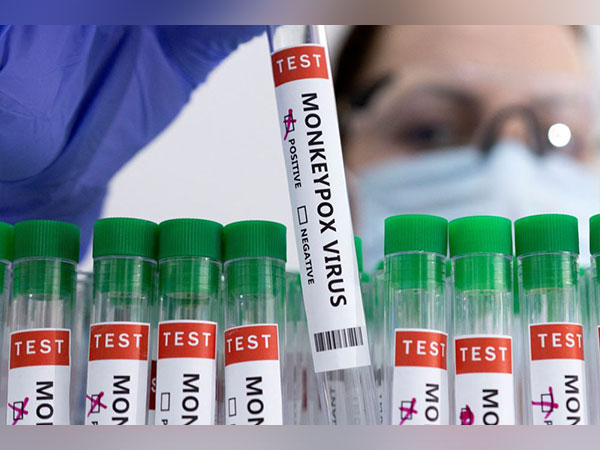

As monkeypox cases are rising in the country, concerns about how to keep ourselves protected from this viral zoonotic infection is increasing. Notably, the national capital reported its first case of monkeypox in a 31-year-old man with no travel history, on Sunday, making it the fourth case in India.
The first case of the virus originated in the country on July 14 after a UAE traveller returned to Kerala. While the second case of monkeypox was reported in Kerala’s Kannur on July 18, on July 22 India reported its third case in Kerala’s Malappuram district.
Monkeypox was declared a global health emergency by the World Health Organization (WHO) last week.
With the cases spreading from one state to another, a wave of fear amongst citizens could be seen. However, with the necessary precautions, the infection can be kept at bay. Here are some ways recommended by the United Nations to protect ourselves from the virus.
– By limiting contact with people who suspect they have the disease or are confirmed cases.
– Those who live with infected people should encourage them to self-isolate and, if possible, cover any breaks in the skin (for example, by wearing clothing over the rash).
– It is important to wear a face mask when in close proximity to the infected person, especially if they are coughing or have mouth sores, and when touching the clothing or bedding of an infected person. Avoid skin-to-skin contact by wearing disposable gloves.
– Wash your hands frequently with soap and water or use an alcohol-based hand sanitiser, especially after coming into contact with the infected person, with their clothing (including sheets and towels), or touching other items or surfaces (such as utensils or dishes) that may have come into contact with rashes or respiratory secretions.
– Clean and disinfect any contaminated surfaces and dispose of contaminated waste (such as dressings) properly, and wash the infected person’s clothing, towels, sheets, and eating utensils with warm water and detergent.
– Seeking medical attention immediately after noticing any symptoms or getting rashes.
Monkeypox can spread from person to person contact and also from animal to person contact. In the case of humans, coming through face-to-face, skin-to-skin, mouth-to-mouth or mouth-to-skin contact, with another infected person can lead to monkeypox.
The government of India has also issued guidelines regarding the monkeypox disease.
The guidelines stress the “surveillance and rapid identification of new cases as the key public health measures for outbreak containment, mandating the need to reduce the risk of human-to-human transmission. It explains the Infection Prevention and Control (IPC) measures, IPC at home, patient isolation and ambulance transfer strategies, additional precautions that need to be taken care of and duration of isolation procedures.”
In addition, “contacts should be monitored at least daily for the onset of signs/symptoms for a period of 21 days (as per case definition) from the last contact with a patient or their contaminated materials during the infectious period.”
The government guideline also urged people to “raising awareness and educating people about the measures for Monkeypox virus, like avoiding contact with any material of the sick person, isolation of the infected patient from others, practising good hand hygiene and using appropriate personal protective equipment (PPE) when caring for patients.